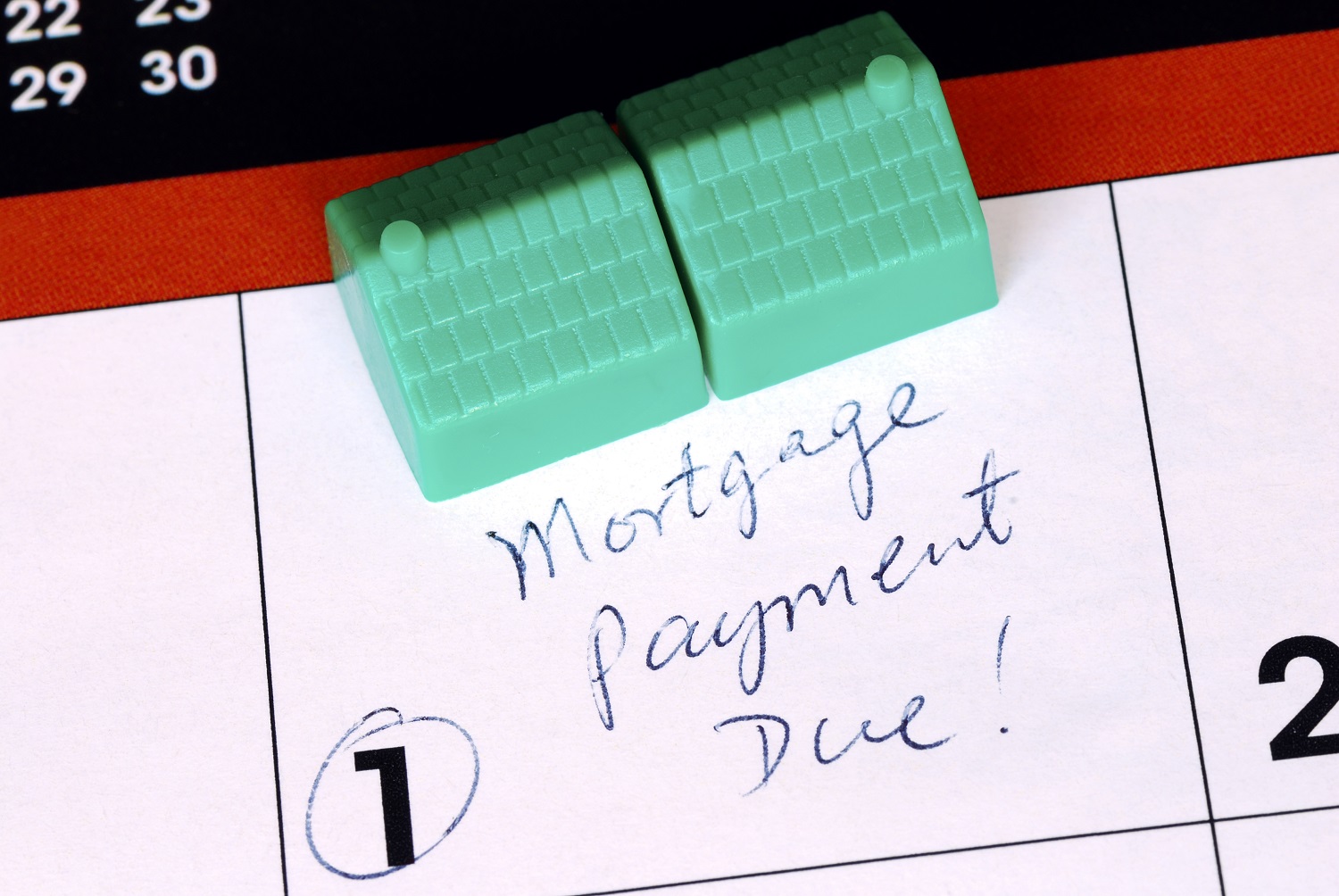Why choose an interest-only loan?
In the past, one of the best features of an interest-only loan was that it gave first home buyers the ability to start sooner and get a foot on the housing ladder. That’s because it allowed first-time buyers an increased opportunity to purchase without being under the pump to make the full P&I repayments. However, it has become increasingly more difficult for first-time buyers to secure an I-O loan, unless there are extenuating circumstances, e.g. they can prove that the property will be turned into an investment property in the near future. Because an interest-only period lowers the repayments it’s a good way to ease into a first investment.
Interest-only loans offer greater flexibility
Interest-only loans can also assist when homeowners go through job losses or other financial situations where income is reduced. For example, when a partner is on unpaid maternity leave. Changing to I-O helps help ease financial pressure during this period of reduced income.
Which loan will suit YOU best?
Now that we’ve clarified the difference between P&I and I-O loans, your next question is most likely going to be; “What’s best for me?”. Our answer is always; “What are your goals?”
Your goal might be to build-up assets over a period of time with the aim of producing income for you in retirement. Or you may want to pay down your investment property as quickly as you can? For example, a younger person may be in a good situation to invest for growth, whereas someone closer to retirement age might want additional cash flow to supplement their retirement. Our advice will be quite different in each of these circumstances. That’s why we take the time to look at where you’re situated on life’s timeline and work with you to clarify your goals.
We’ll also consider external factors such as:
Historically low interest rates
In our lifetime there may not be another time when the cost of money was so cheap to borrow. That seems like good news, right? On the flipside, the cost of real estate has never been more expensive. So, one might question if it’s a great time to invest, or if there’s never been a better time to reduce debt? The difference is perspective. We’ve discussed a similar concept before here.
Fixed interest rates versus variable
Generally, a fixed loan will offer a more discounted rate than a variable-interest rate loan. But a spilt loan, where you nominate a portion of the loan to have a fixed rate and the remainder to have a variable interest rate, can also be a good option to maintain an offset*. That’s because fixed rate loans don’t come with the ability to set up an offset account.
For example: On a $400,000 loan with a $300,000 fixed portion and a $100,000 variable portion, the variable portion of the loan can be utilised as an offset.
Property investor strategies
Although interest-only loans can seem very attractive, they don’t come without some risk. That’s why at Capital Properties we work with you to develop investment strategies to mitigate these risks and achieve the best-possible outcome from your investment. We’re big on strategies, so to get you started, consider this simple checklist:
Plan
Be a planner. If you’re finding that you can manage the I-O loan easily, then it’s worth starting to build up the offset. *An offset is a savings bank account that’s offset against, or linked to, the loan account. Any funds sitting in the savings account will help to reduce the overall amount owing, thus reducing the interest payable. A redraw works in a similar way but with funds being paid directly to into the loan but can be accessed (“redrawn”) if required.
This offset is what investors call a “buffer”. This buffer means that you’ll have funds that the loan can draw on so you can rest easy knowing that you’ll always have enough funds to pay the loan repayments.
Pay down
Whilst interest rates are low, an investor should be able to afford to reduce the principal of the loan. After all, you’ll need to reduce the debt eventually and in this case it’s better to do so sooner rather than later.
Equity
The equity in your property is the difference between the property value or present value of your property and the amount of debt owing on the property. If your loan remains on interest-only and your property doesn’t grow in value, you may end up without any equity in the property, which is far from ideal. This is a very good reason to build an offset or redraw.
Capital Properties covers all of this, and more, in greater detail in our “7 Step property investment process.”
In fact, we offer a thorough support system, helping you to negotiate the entire investment process, with our free Discovery and Strategy sessions. Our First Home Buyer Pack, including a copy of my book Property Investment SOP is essential reading for all first home buyers and property investors.
Let us help you on your way. Get in touch now.
Guest Blogger: Brian Beck | Mortgage and Financial Consultant






